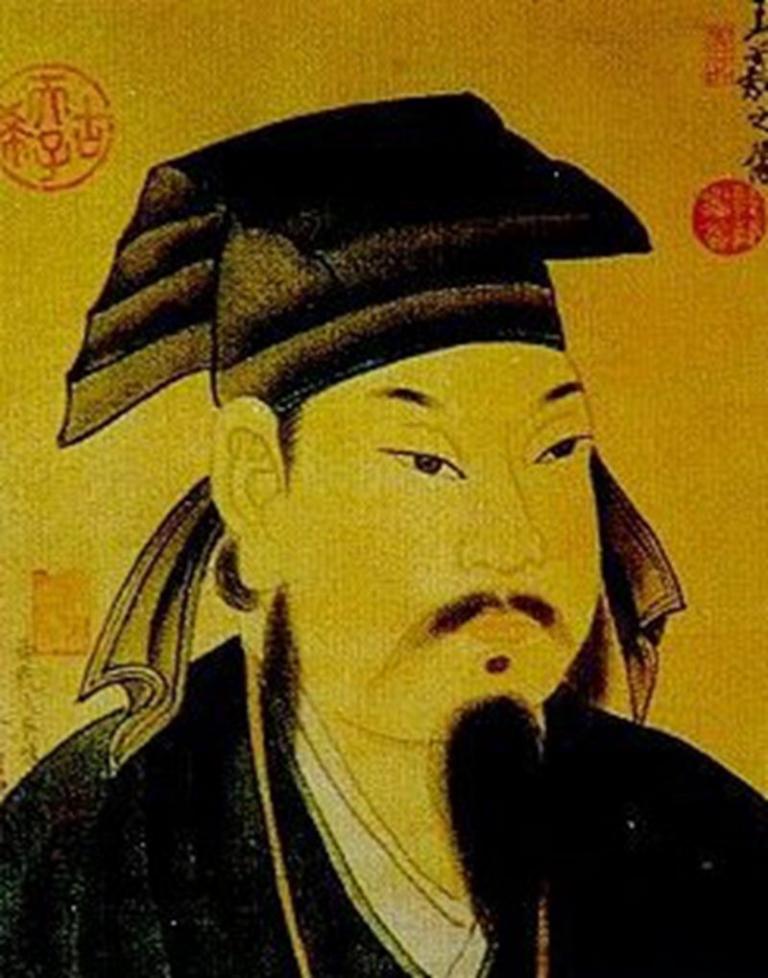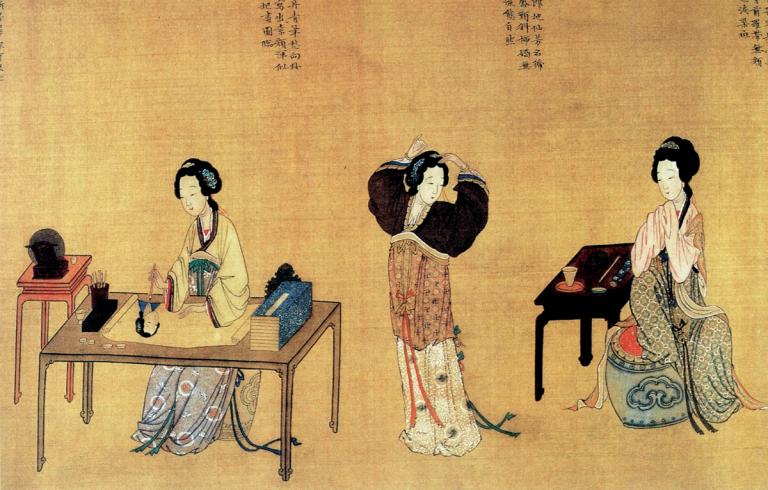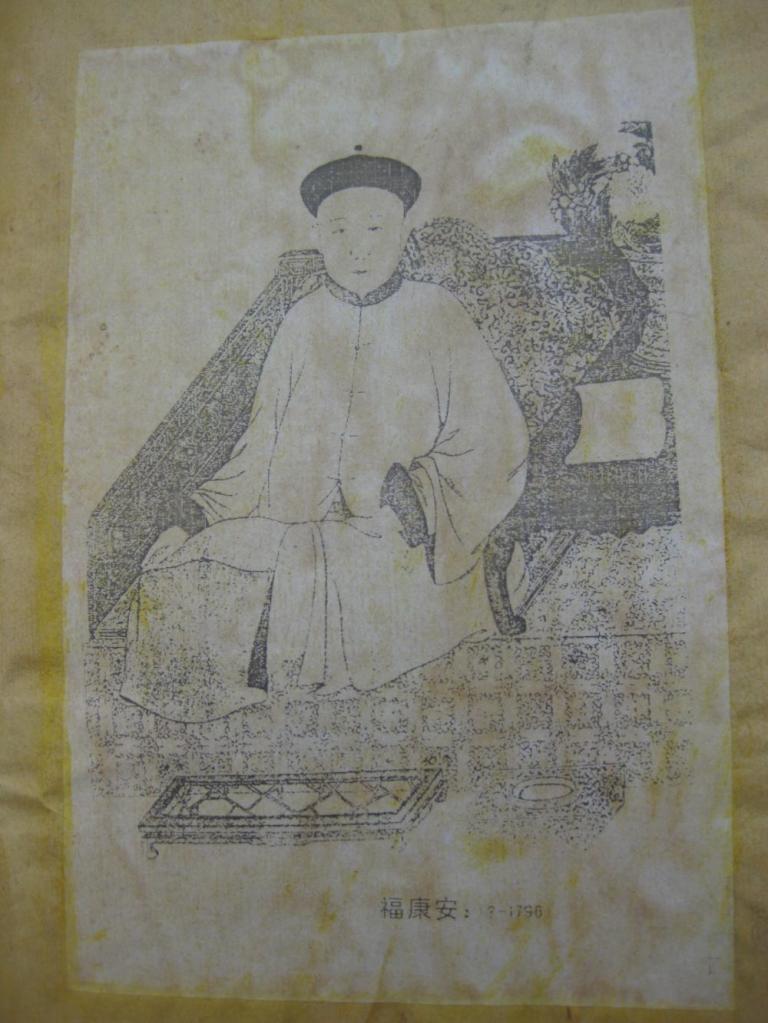Chinese ancient calligraphy celebrities
4 min readCalligraphy as art originated in the Spring and autumn Period and the Warring States Period,matured in Qing dynasty and Han Dynasty,and culminated in the Wei Dynasty and the Jin dynasty.The juxtaposition of”Han prose,Jin calligraphy,Tang poetry,Song ci-poetry and Yuan drama”shows the high accomplishments of”Jin calligraphy The natural and unrestrained calligraphy of the Jin Dynasty reveals a kind of refined beauty and reflects the leisurely and carefree mood of the scholar bureaucrat class.Wang Xizhi reputed as the”Sage of Calligraphy”lived in this period The great Tang poet Li Bai(701-762)praised both Wang Xizhi’s character and hi calligraphy by saying:Youjun was a pure and plain person unrestrained and detached from the world.While judging Chinese calligraphic works,people always say”the writing style mirrors the writer

Wang Xizhi liked geese and figured out the marvelous essence of calligraphy through watching geese shake their necks Wang Xizhi studied all schools of calligraphy in his childhood and always attached importance to modelling nature. It is said that Wang Xizhi liked geese and said geese were”outstanding birds white as snow, clean as jade and free from dust”. Throug raising geese and watching geese, one could not only feast the eyes and develop the character, but also appreciate the marvelous essence of calligraphy from geese’s shapes and postures. There is also an interesting story about the indissoluble bond between Wang Xizhi and geese. One day, he and his son Wang Xianzhi went sightseeing by boat in Shaoxing. At the sight of a group of elegant white geese, they could not help admire them and want to buy them and take them home, so they negotiated with the taoist who owned the geese. The Taoist said: If you want them, please copy the book on taoist health preservation and cultivation Yellow Court
Classic for me! Wang Xizhi wanted the geese so much that he accepted the taoist’s condition with pleasure and exchanged his calligraphic work for the white geese Wang Xizhi was good at many scripts including the running script, the regular script and the cursive script. He drew on the strengths of different people, andcreated a new smooth and elegant calligraphic style with deep influence on later generations. His main representative works include Preface to the Poems Composed at the Orchid pavilion letter written in the first lunar month sunny after snow etc
Preface to the Poems Composed at the orchid Pavilion reputed as “the best running script work in the world”was created by Wang Xizhi while gathering with Xie An(320-385) and others on the 3 day of the 3 lunar month of the 9 year of theYonghe Period at the Orchid Pavilion in the north of Kuaiji Mountain for the purification ritual. This was a grand literary gathering. Men of letters drank wine from wine goblets floating on a redirected streamlet, and created poems. Wang Xizhi wrote Preface to the Poems Composed at the Orchid Pavilion on paper made from silkworm with a mouse hair pen quickly when feeling drunk. the whole article consists of only 28 lines and 324 Chinese characters but is full of change like a work of God.fully manifesting the running script’s artistic characteristics of changeful forms and strong rhythms

First, the blank distribution is natural. Preface to the poems composed at the Orchid Pavilion adopts the layout of vertical lines instead of horizontal rows the vertical lines are equally spaced on the whole with slight differences the first four lines are sparsely spaced the middle part is evenly spaced and the last five lines are densely spaced; the horizontal lines of different lengths consist of Chinese characters of different sizes in graceful disorder. In short, the blank distribution is natural unrestrained and beautiful
Second the structure is full of change the structure of Preface to the poems Composed at the Orchid Pavilion is extremely changeful, emphasizing contrast instead of evenness. The long or round stroke structures break from the flat and square forms of the official script and different structures are adopted for chinese character appearing repeatedly -for example, the Chinese character Z”appears 20 times in the article, and the structures are all different either relaxed or restrained either upright like the regular script or smooth like the cursive script Third, the writing style is complicated. The writing style of Preface to the Poems Composed at the orchid pavilion seems combine all methods the novel changeful lines based on old styles eliminate the intended conceptions of the official script, replacing tilting with flatness and curves with squares and realizing connected strokes and flowing vigor. The 324 Chinese characters are all marvelous While enjoying and judging calligraphic works, people usually pay attention to elements such as the blank distribution, structure, and writing style. However, the charm manifested by the whole work is more important. For example though the blank distribution, structure and writing style of preface to the Poems Composed at the Orchid Pavilion are all outstanding they coordinate with each other instead of nterfering with each other, making the whole work reveal the unrestrained and detached style of people of the Jin Dynasty. It fully deserves the title of the best running script work in the world









